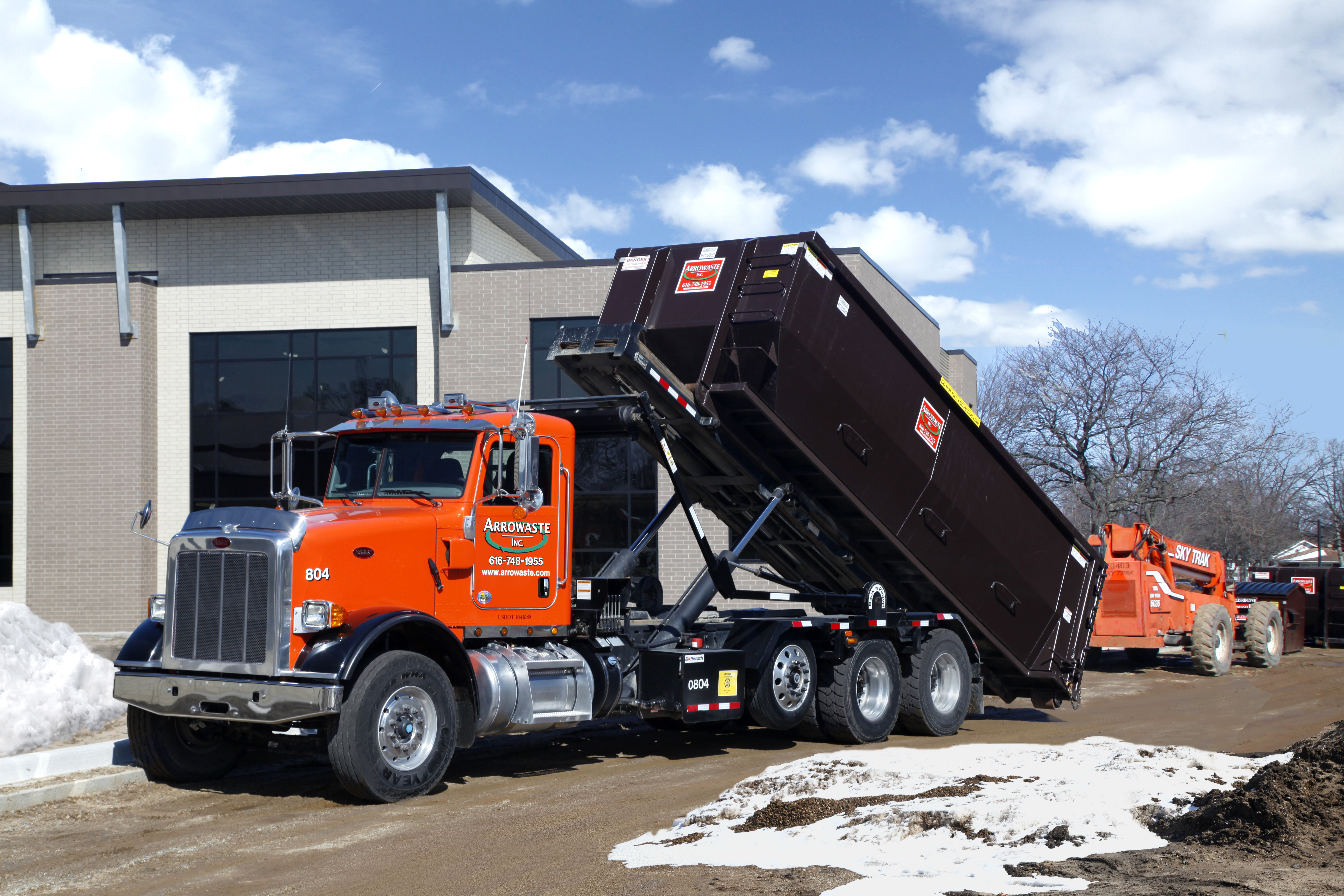Selecting The Ideal Dumpster Size For Your Project: An In-Depth Guide
Selecting The Ideal Dumpster Size For Your Project: An In-Depth Guide
Blog Article
Material Created By-Finnegan Fisher
When embarking on a task that requires a dumpster, the dimension you select can greatly affect its performance and cost-effectiveness. Think of having the excellent container that fits all your waste without being exceedingly huge or also tiny. Everything begins with understanding the nuances of your project and choosing a dumpster size that aligns with your certain needs. So, prior to you decide, think about the factors at play to ensure a seamless waste monitoring process throughout.
Elements to Take into consideration
When deciding on the appropriate dumpster size, there are numerous vital elements to think about.
First, think about the sort of waste you'll be getting rid of. Various materials may call for varying amounts of room, so understanding what you'll be putting in the dumpster is essential.
Next, assess the amount of waste you expect to produce. If you underestimate the volume, you might require to make several trips to get rid of every little thing, which can be bothersome and pricey. On the other hand, leasing a dumpster that's too large can bring about unneeded expenses.
In addition, consider the area where the dumpster will be positioned. visit my web page there's enough space for the dumpster to be provided and grabbed without any blockages.
Lastly, consider any kind of weight limitations that may use. Exceeding the weight limitation can result in extra costs or even the rejection of service.
Dumpster Dimension Options
For choosing the best dumpster dimension, it's necessary to have a mutual understanding of the readily available choices. Dumpster dimensions typically vary from 10 to 40 cubic yards, with variations in between.
A 10-yard dumpster is suitable for little projects like a garage cleanout or a little improvement. If you're tackling a medium-sized task such as a kitchen area remodel or a cellar cleanout, a 20-yard dumpster could be the best choice.
For larger jobs like a whole-house restoration or business building, a 30 or 40-yard dumpster could be preferable to accommodate the quantity of waste generated.
When deciding on a dumpster dimension, take into consideration the quantity and type of particles you anticipate to dispose of. It's better to select a somewhat larger dimension if you're not sure to avoid overfilling. Bear in mind, it's even more economical to rent a dumpster that fits your needs as opposed to having to purchase an extra one.
Matching Size to Project
Efficiently matching the dumpster dimension to your job is important for effective waste monitoring. To establish the right dimension, think about the scope and nature of your job.
For small family cleanouts or renovations, a 10-yard dumpster may be enough. These are typically 12 feet long and can hold around 4 pickup loads of waste.
For larger tasks like remodeling several rooms or cleaning out a huge estate, a 20-yard dumpster may be more suitable. These are around 22 feet long and can hold around 8 pickup tons.
If you're taking on a major building project or industrial renovation, a 30-yard dumpster could be the most effective fit. https://www.prunderground.com/priority-waste-of-southfield-publishes-report-on-cost-effectiveness-of-dumpster-rentals-versus-junk-removal-services/00284367/ have to do with 22 feet long and can suit about 12 pickup truck lots of debris.
Matching the dumpster dimension to your project ensures you have sufficient room for all waste products without paying too much for extra capability.
Final thought
To conclude, picking the right dumpster size for your job is essential for efficient garbage disposal. By considering factors like the kind and quantity of waste, space accessibility, weight constraints, and budget plan constraints, you can guarantee you have the suitable dimension dumpster for your needs. Make sure to match the size of the dumpster to the extent and nature of your job to prevent overspending on unneeded costs.
